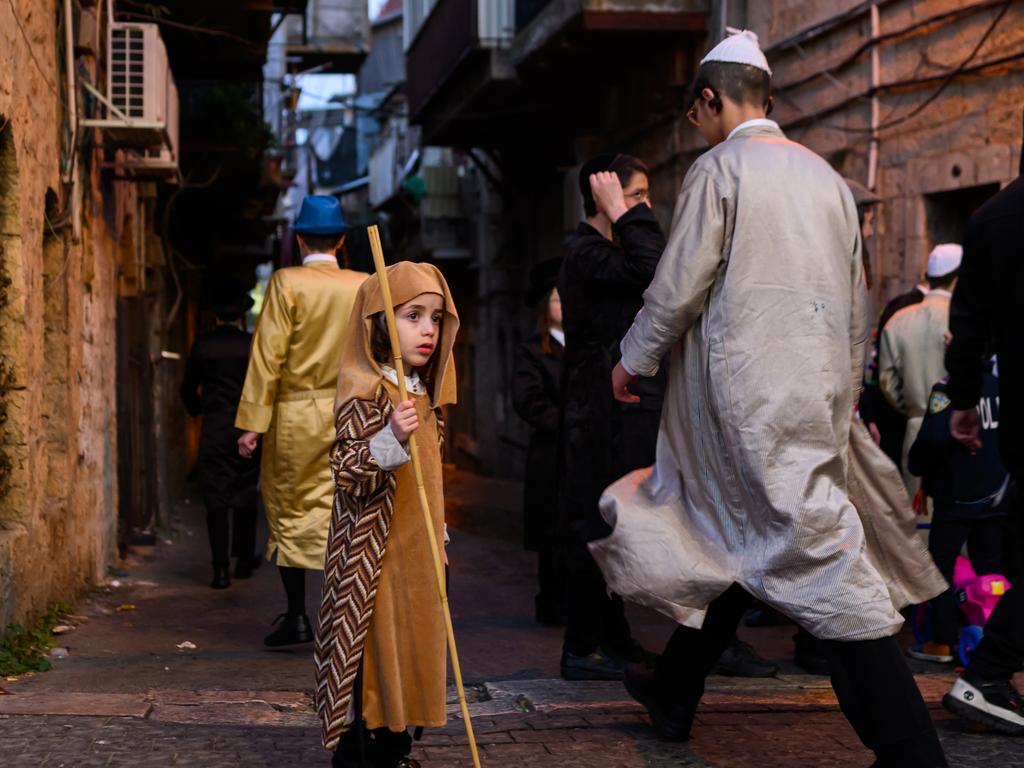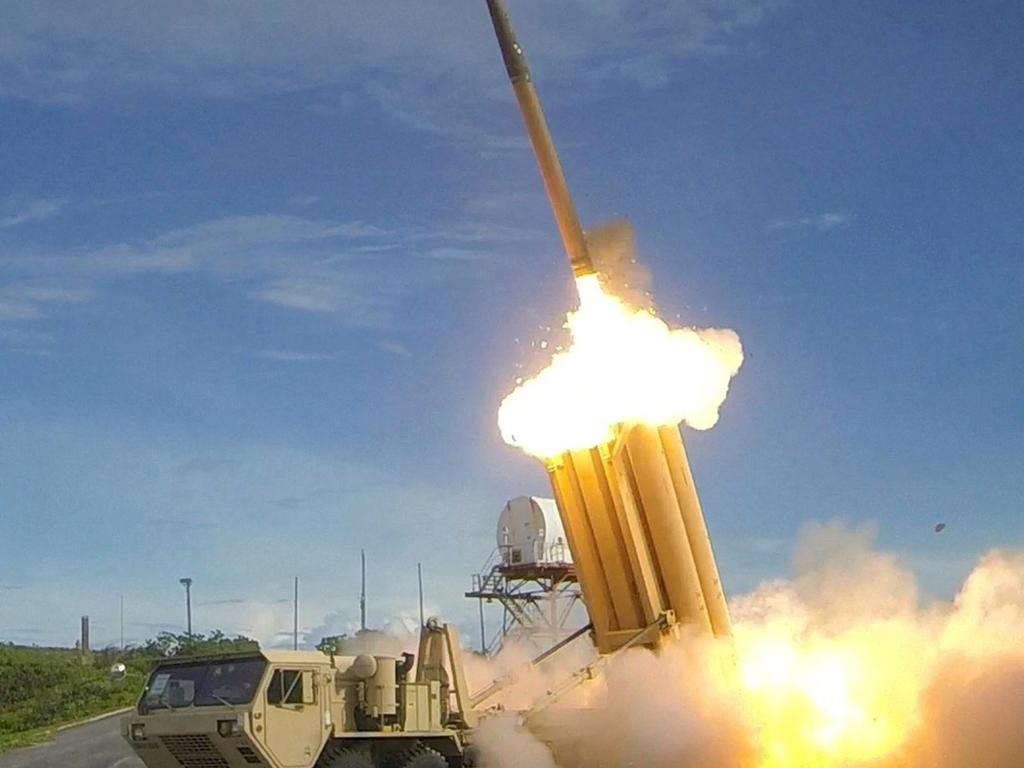Israel’s endgame in Gaza: finish off Hamas where the war started
A year into the war in Gaza, Israel is engaged in one of its most ferocious campaigns in the Palestinian enclave, a do-over that offers a cautionary tale for its other war in Lebanon.
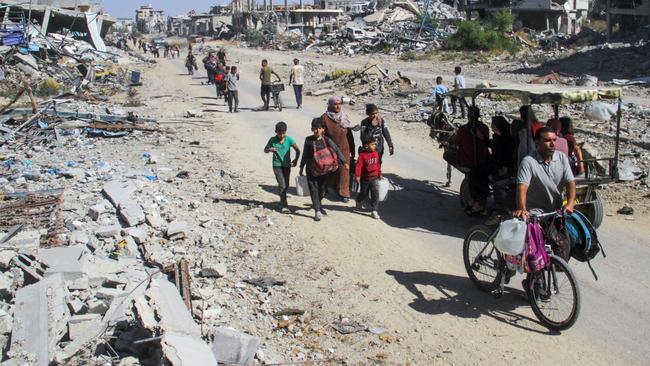
A year into the war in Gaza, Israel is back at the site of its first battles and engaged in one of the most ferocious campaigns of the conflict, a do-over that offers a cautionary tale for its other war in Lebanon.
Homed in on northern Gaza, Israel has issued evacuation orders for every town north of Gaza City and dispatched two new brigades, in what the military says is its latest attempt to eradicate Hamas from the enclave. It is the third major offensive in the area since the start of the war.
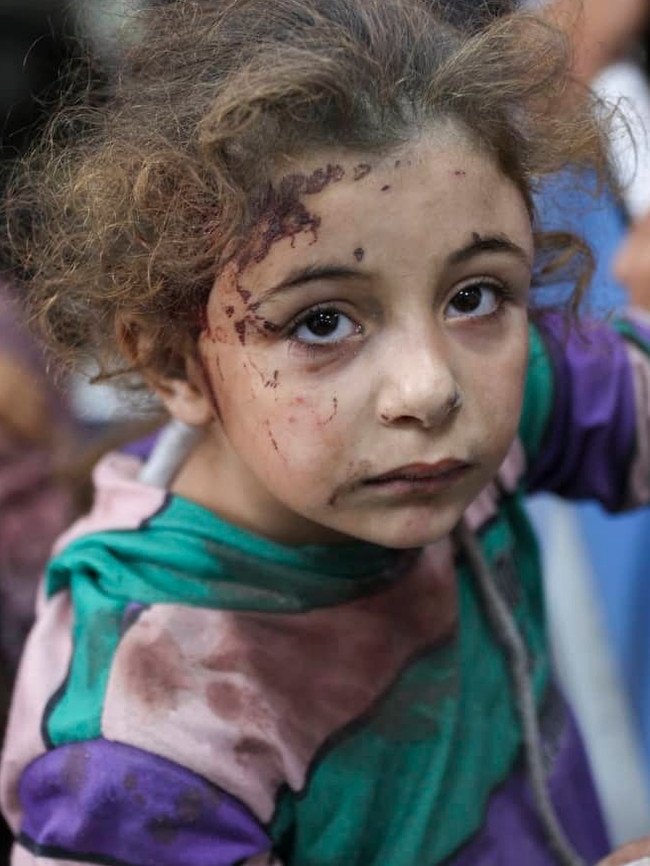
“Jabalia is falling,” Israel’s chief of the general staff, Herzi Halevi, told troops on a visit this week to the northern area that was the initial focus of Israel’s invasion of the enclave.
After killing Hamas leader Yahya Sinwar last week, Israeli troops now needed to take out Hamas’s last remaining brigade in the north, Halevi said.
The air-and-ground offensive, which began at the start of the month, has been among the worst few weeks of the war, people living in the north say.
Amneh Tarboush, a 20-year-old mother of two, says her family is trapped in Jabalia, a northern town with a labyrinthine refugee camp, running between damaged houses as fighting boxes them in.
“They are bombing us from the air and snipers shoot at anyone who steps outside,” Tarboush said of the Israeli military. “We are living in constant fear.”
Israel says it provides civilians with evacuation routes and doesn’t target them.
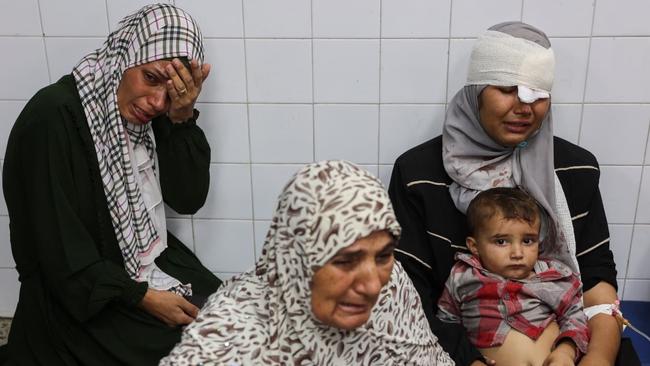
The fact that Israeli troops are still embroiled in areas of Gaza where they have fought before demonstrates how stubborn a task dismantling Hamas is proving to be for Israel. The experience against the Palestinian militants also offers sobering lessons for Israel’s military as it expands its war in Lebanon against Hezbollah, the larger and more formidable of the two US-designated terrorist groups.
On Thursday, Israel said the campaign in the northern Gaza Strip had led to the arrest of more than 200 militants. Earlier in the week, it also cost the life of Israeli Col. Ahsan Daksa, who oversaw the operation that led to Sinwar’s killing.
Accounts from residents, health responders and aid groups in the north paint a grisly scene as Israel pursues the operation: Bodies on the street for days and the cries of trapped people emanating from rubble, paramedics unable to reach them because of the risks involved. Footage from Jabalia – verified by Storyful, which is owned by The Wall Street Journal’s parent company, News Corp – shows Palestinians carrying limp bodies, some with missing limbs, and covering corpses on the street with blankets.
More than 550 people have died in the operation, according to Gaza health authorities, whose figures don’t say how many were combatants. Aid has slowed to a trickle.
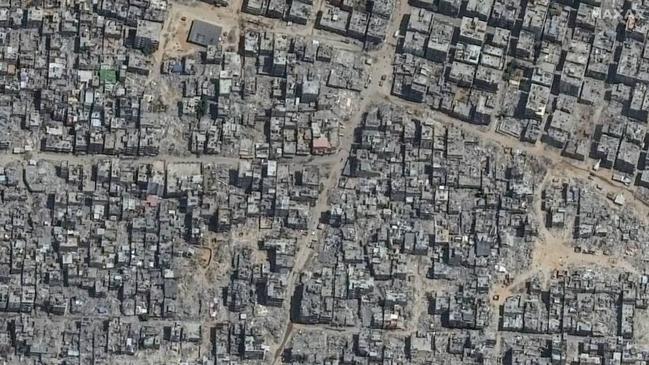
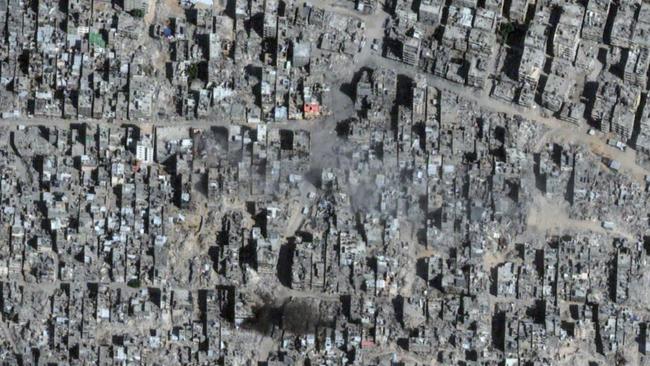
Israeli forces said Friday that they were operating around Kamal Adwan Hospital, one of the last two partially functioning hospitals in northern Gaza, “based on intelligence information regarding the presence of terrorists and terrorist infrastructure in the area.”
The World Health Organization said it had lost touch with the hospital’s personnel since reports emerged of a raid there Friday morning.
“This development is deeply disturbing given the number of patients being served and people sheltering there,” WHO Director-General Tedros Adhanom Ghebreyesus said on X.
Aid workers and first responders say conditions have become untenable. North Gaza’s civil-defence team ceased operations this week after saying that it was targeted by Israel and that several of its members were detained. Israel’s military didn’t respond to requests for comment.
In Beit Lahia, one of the towns in Gaza’s north, an Israeli air raid killed at least 80 people on Sunday, according to health authorities, who still haven’t been able to count how many are trapped under the rubble.
Israel disputed the death toll, without providing its own estimate or the nature of the intended target. “We emphasise that the area in question is an active war zone,” the Israeli military said.
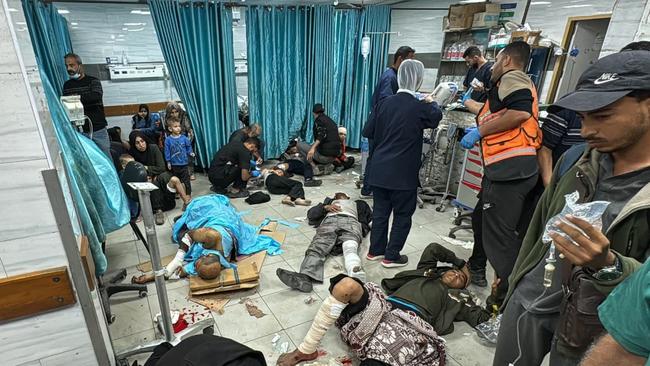
As the campaign in the north has taken shape, US and Israeli officials have been pressed about reports in the Israeli and international news media of a plan calling for forced civilian displacement in northern Gaza.
A population transfer would allow the Israeli military to regard those remaining as combatants and to impose a complete siege to flush out Hamas, according to the reported proposal. Brig. Gen. Elad Goren, who heads the Israeli Defense Ministry’s aid co-ordination in Gaza, said the plan wasn’t Israeli policy.
US Secretary of State Antony Blinken said that the US rejected “any effort to create a siege, to starve people [or] hive off northern Gaza from the rest of Gaza.”
The WHO this week suspended its polio vaccination campaign in the north because of the danger in the region, and the United Nations said its teams couldn’t find food, water or medicine there.

Israel barred aid trucks from entering the north at the start of October to make way for the two advancing Israeli brigades. Those troops are now operating in Beit Lahia, Beit Hanoun and Jabalia, where Israel says Hamas militants have resurfaced.
After two weeks of zero aid entering the Gaza Strip through northern crossings, the Israeli military body in charge of aid delivery, known as Cogat, authorised a restart under pressure from the US, Israeli officials said.
Cogat’s Goren said on Wednesday that no people were left in Beit Lahia or Beit Hanoun. He didn’t elaborate. Cogat didn’t respond to requests for comment.
As of Wednesday, a senior UN official said the organisation estimated there were 35,000 people still in Beit Lahia and 5000 in Beit Hanoun.
Before the war, the two towns collectively housed more than 160,000 people, who mainly farmed the surrounding borderlands or commuted to work in Gaza City.
The UN official said roughly 50,000 people remain in and around Jabalia. Goren said there was enough food in Jabalia for those there, after 90 per cent of the population evacuated.

Mahmoud Madhoun, a resident in Beit Lahia this week, said Sunday’s strikes left people including women and children to bleed out on the streets because communication blackouts meant first responders couldn’t co-ordinate to reach them.
“People were in pieces,” Madhoun said. “I saw people with their heads split open, and severed limbs.” The Israeli military said it targeted precisely and did everything it could to limit civilian harm.
Israel’s ground invasion, which began in northern Gaza about a year ago, was triggered by the Hamas-led attacks in southern Israel on Oct. 7 last year, which authorities there say killed 1200 people and left 250 held hostage. Some 42,000 people have died in the war in Gaza since then, according to health authorities in the enclave.
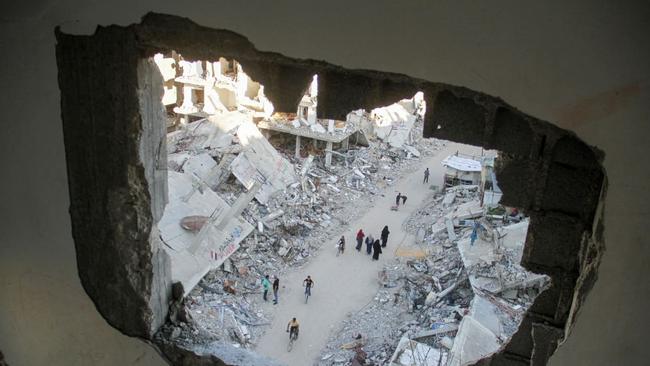
Israeli forces conducted major offensives against Hamas in Jabalia last winter and again in May. Their third attempt to stamp out the militants demonstrates Hamas’s ability to resurrect itself despite being outgunned and taking heavy casualties.
Three of the five hospitals in the district north of Gaza City have closed, according to the WHO, with the others only partially functional.
“We have lost some people due to the lack of resources,” Hussam Abu Safiya, director at Kamal Adwan Hospital in Beit Lahia, said earlier this week.
One severely injured girl was rushed there this week after being pulled from the rubble, said Karim Alhassani, a civil-defence first responder.
“In front of my eyes, a doctor simply said, ‘Let her die, this case is hopeless,’ ” Alhassani recalls. “She died 15 minutes later.”
– Alexander Ward contributed to this article.
Dow Jones Newswires

